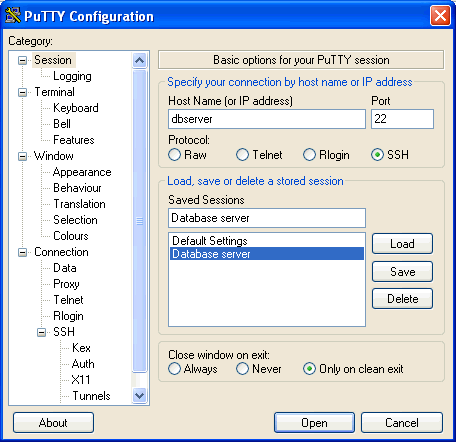
Here are the steps to take in order to install PuTTY on Linux distro of your choice. It is possible for your own reasons for wanting to use PuTTY on GNU/Linux is different. Convenience: PuTTY has a GUI that undeniably makes it easier to use especially by SSH and/or terminal newbies.Debug mode: Connection to serial pots and raw sockets is more user-friendly with PuTTY.Familiarity: users are more comfortable using an SSH client they got familiar with while using Windows.The quickest reasons that come to mind for such scenarios include: Linux distros ship with SSH capabilities built into their terminal but in real-world environments, I have seen PuTTY being used instead of the default Linux systems more time than I cared to count.

Read Also: Best Command-Line FTP Clients for Linux Wait a moment and your X application should pop up in its own window.PuTTY is a free and open-source cross-platform SSH and telnet client that even after being around for over 20 years remains one of the most popular SSH clients being used especially on the Windows platform.You may get a window like this popping up, just click ‘Allow’ to let the remote host display the X-windows command (in this case xterm) on your computer The & backgrounds the program so you can still type other commands.Now you can invoke an ‘X-Windows’ command like ‘xterm &’ (or any other you wish).

(NOTE: You may get a ‘Security Alert’ window popping up, just click ‘Yes’ and it will save this hostname’s key and won’t ask you again.)


 0 kommentar(er)
0 kommentar(er)
